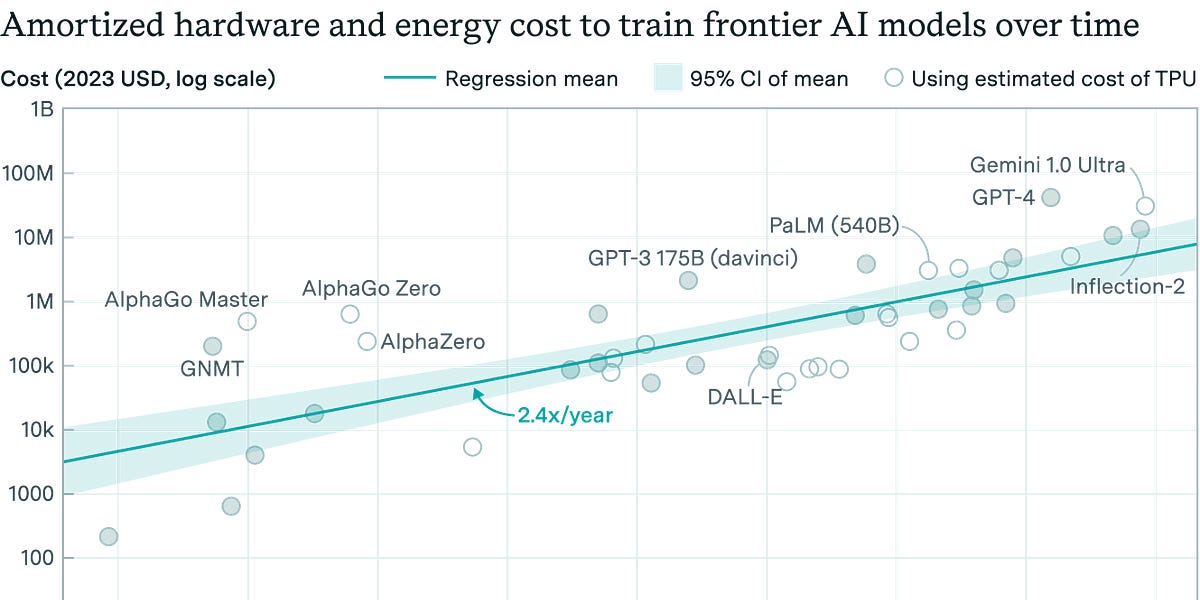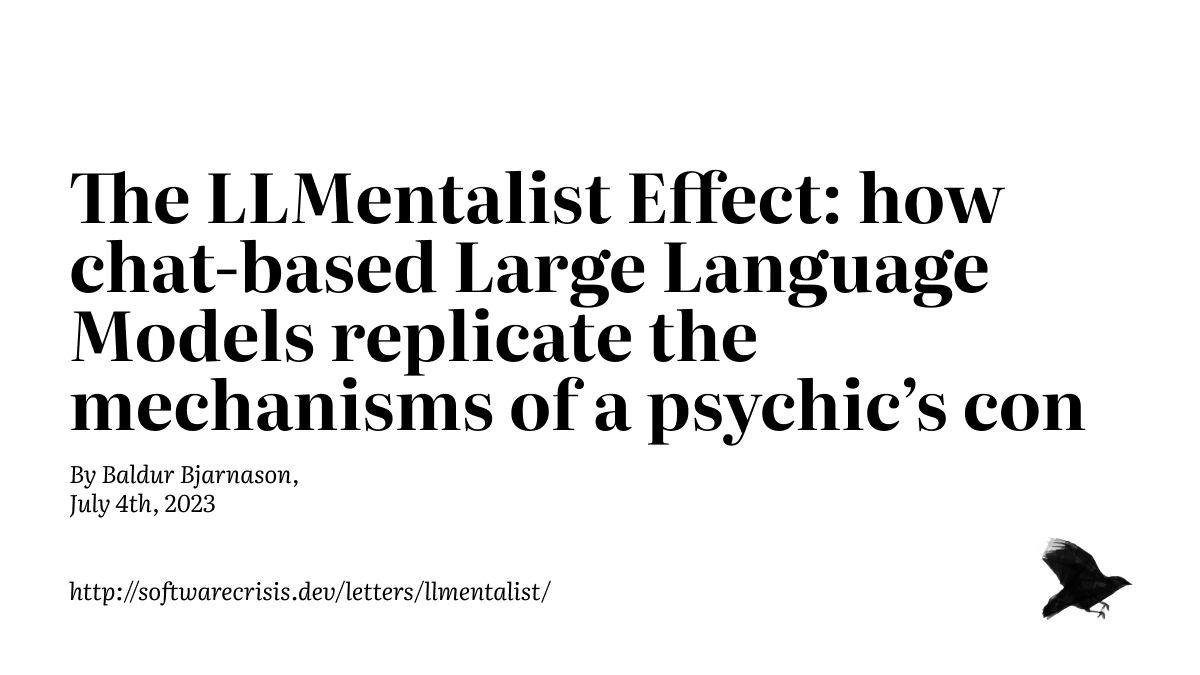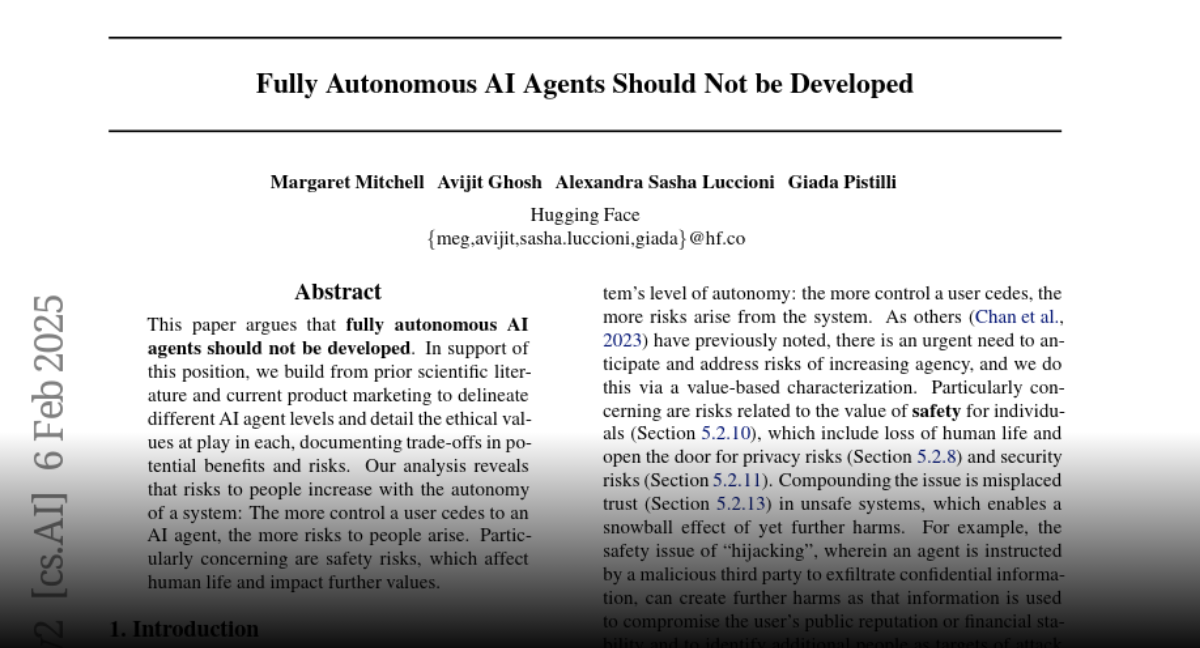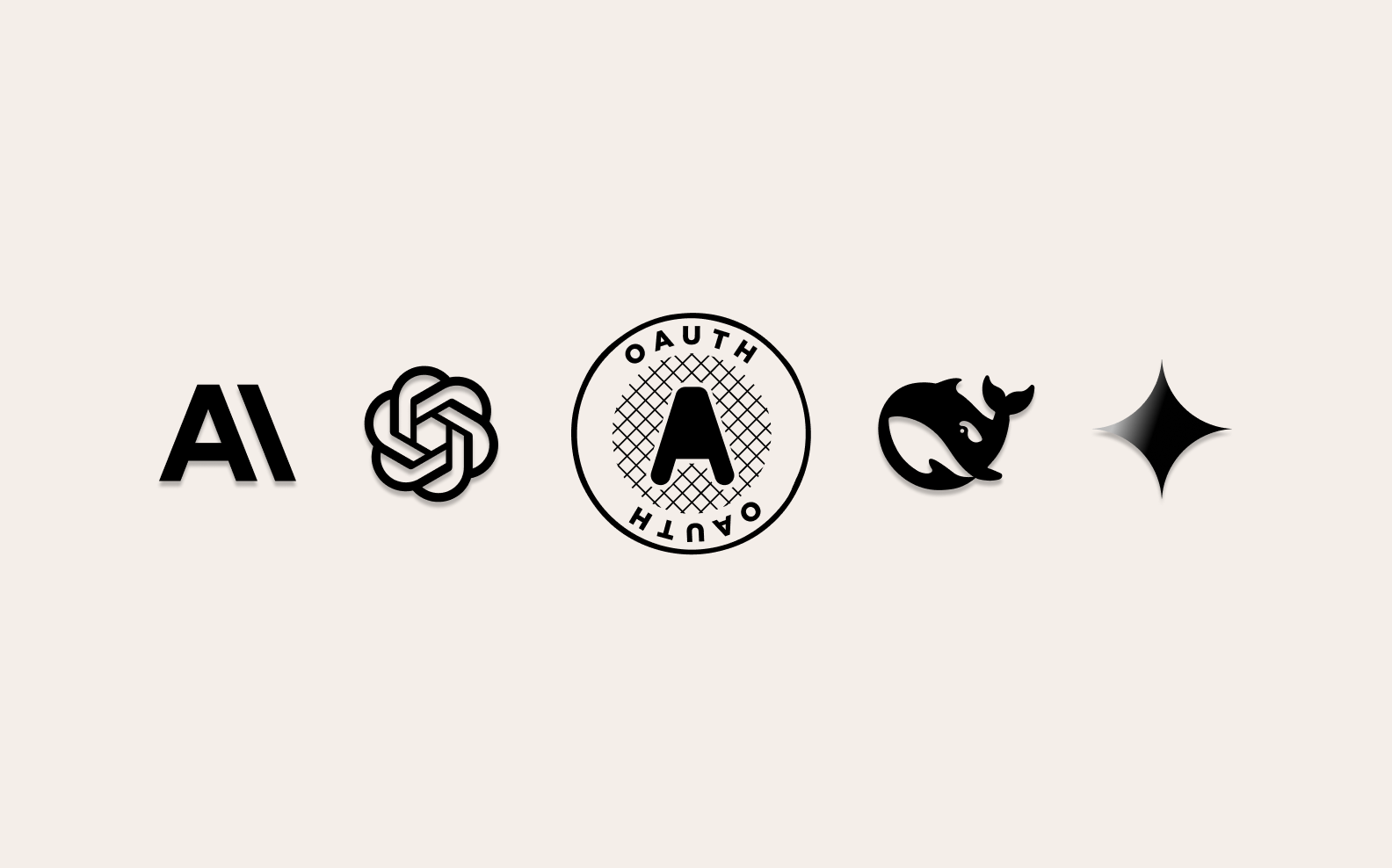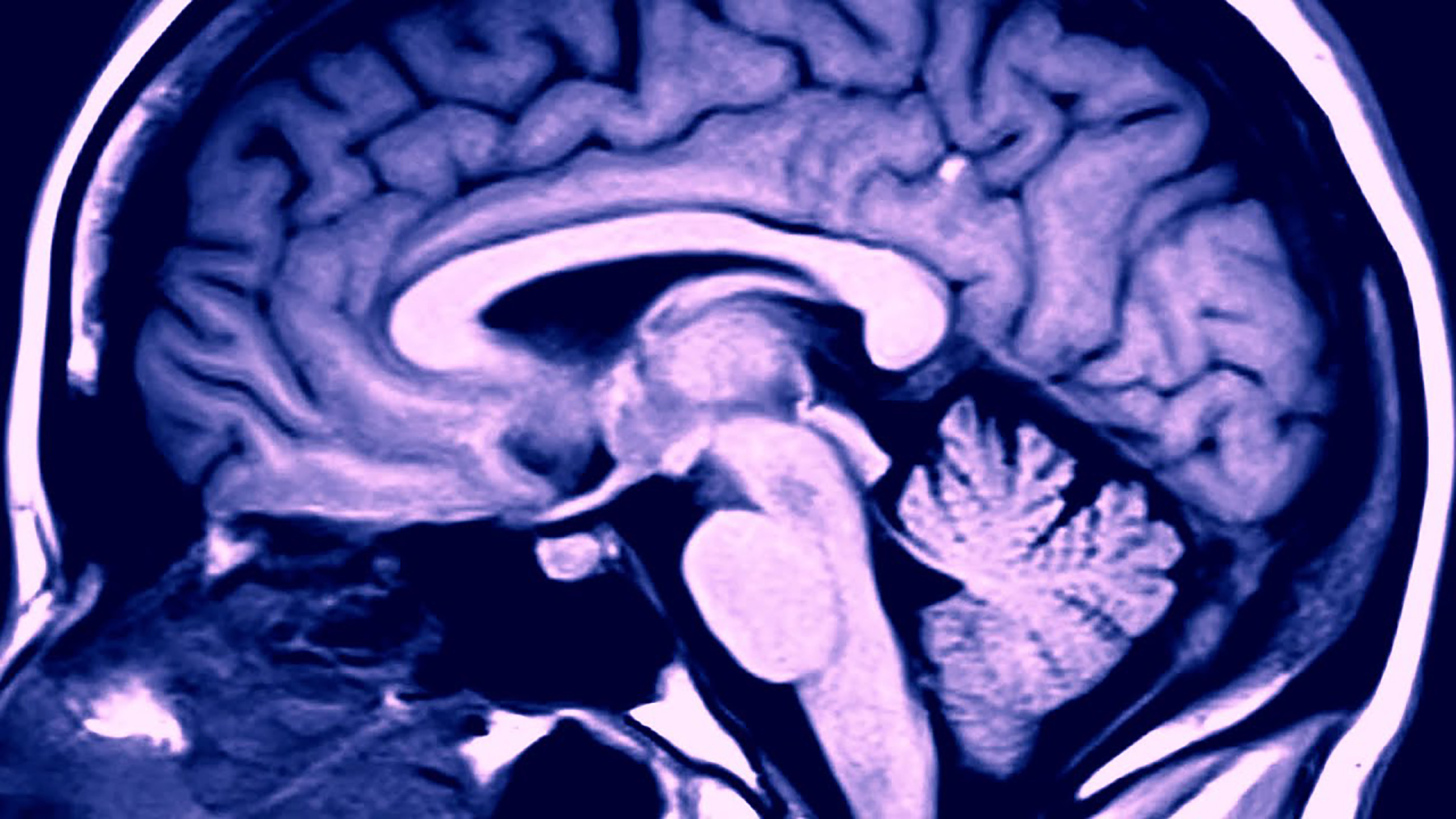Andrej Karpathy's Deep Dive into LLMs: A TL;DR
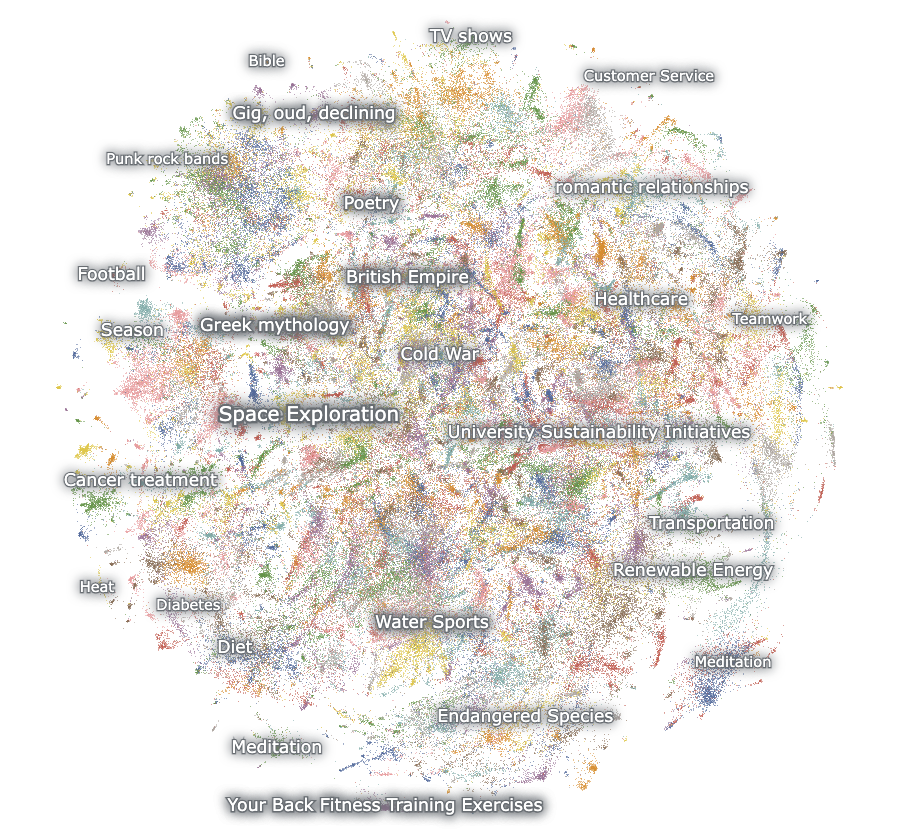
Andrej Karpathy recently released a 3.5-hour video detailing the inner workings of Large Language Models (LLMs) like ChatGPT. This summary covers key aspects, from pretraining data acquisition and tokenization to inference, fine-tuning, and reinforcement learning. It explains how LLMs learn patterns from internet text during pretraining and how supervised fine-tuning and reinforcement learning improve response quality and reduce hallucinations. The summary also touches upon concepts like 'working memory' and 'long-term memory', tool use, and self-awareness, and offers a glimpse into the future of LLMs, including multimodal capabilities and autonomous agent models.
